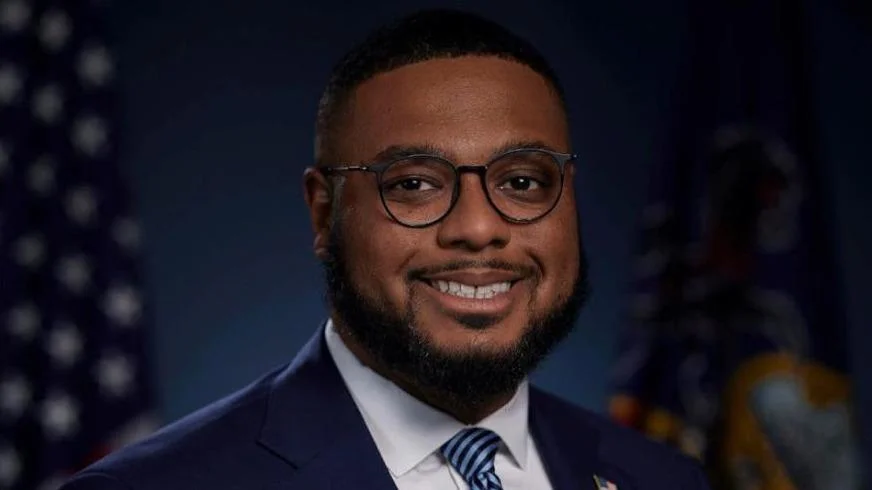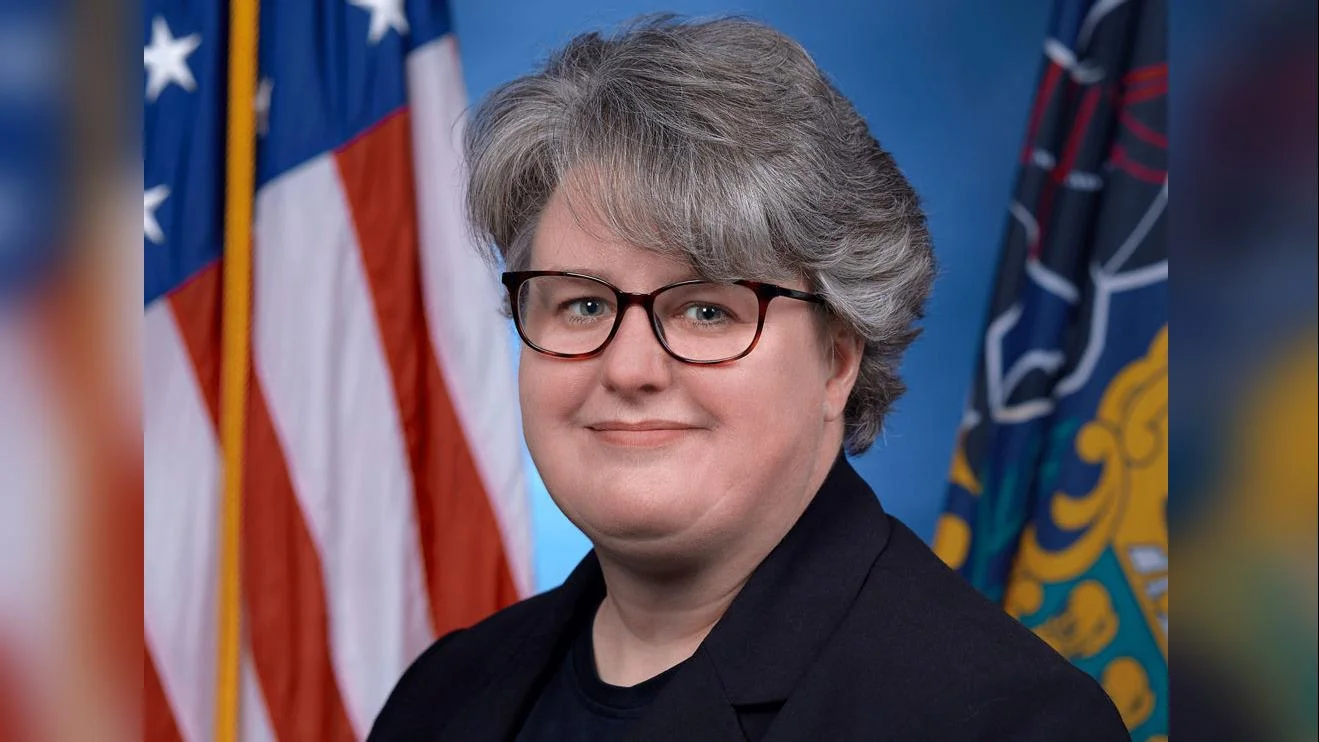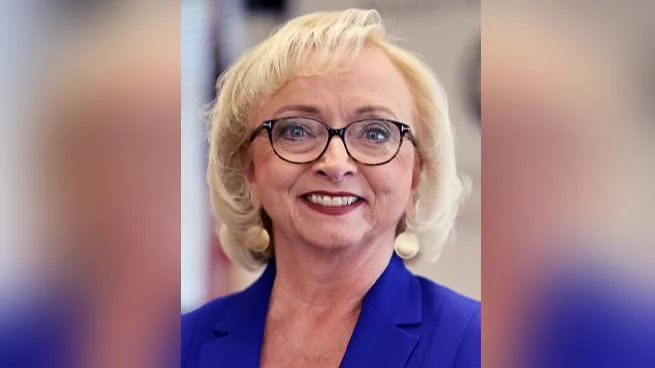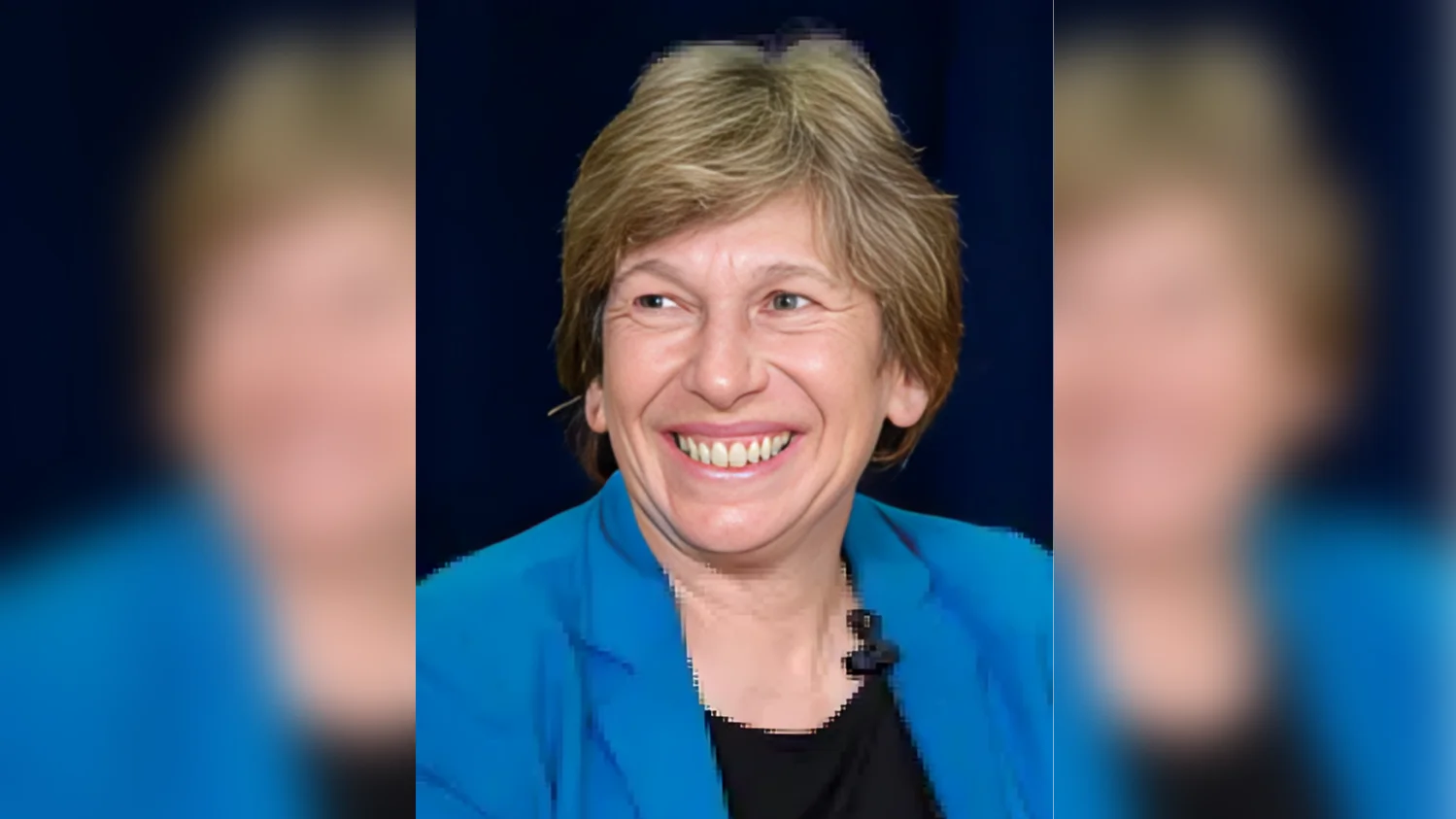
Elizabeth “Betsy” Corcoran, Co-founder and CEO | EdSurge Research
The Brown County Public Library in rural Ohio has ended its Wi-Fi hot spot lending program after federal funding was cut earlier this month. For six years, the library's 60 portable hot spots circulated over 1,300 times annually, providing internet access to residents with few other options. The devices were used by students for online learning, patients attending telehealth appointments, and job seekers.
Lynn Harden, executive director of the Brown County Public Library, said, “We’re some of the ‘last-mile people.’ It’s not a matter of, ‘Can you choose something affordable to you?’ There's no option. People are desperate to have these.”
The program was supported by the federal E-Rate system beginning in 2021. Libraries like Brown County received significant discounts—up to 80 percent off each $85 device—because of high local poverty rates.
Earlier this month, however, the Federal Communications Commission (FCC) voted 2-1 to end funding for both hot spot lending and school bus connectivity programs under E-Rate. This decision followed criticism from Republican officials who argued that expanding E-Rate funds beyond schools and libraries into homes exceeded legal authority granted by the Telecommunications Act of 1996. Brendan Carr, FCC chairperson appointed during the Trump administration, stated that E-Rate was intended “to enhance access to telecommunications in classrooms and libraries, not the homes of children.”
John Clexton, library director at Gladwin County District Library in Michigan and president of the Association for Rural and Small Libraries, commented on the reversal: “We were hopeful when this [E-Rate program] came about; we felt this sigh of relief of, ‘We’re going to address digital literacy and it will be equitable for everyone.’ And now we’re back to square one.”
The Affordable Connectivity Program originally launched under President Biden during the COVID-19 pandemic provided monthly subsidies for families’ internet costs but ended in early 2024. A revised version later expanded support through E-Rate for Wi-Fi on school buses and internet hot spots. According to an Associated Press analysis cited in reports on digital equity efforts (https://apnews.com/article/technology-government-politics-united-states-dc3e4f0b7c5d8d39db9a3a23bc24f52e), more than 12,500 libraries—almost half located in rural areas—and over 100,000 schools benefited from these programs.
Proponents say cutting these funds comes at a difficult time as many districts had already planned their budgets around continued support. Phillip Lovell from All4Ed described it as “pulling the rug out from under school districts and libraries who were planning to rely on these funds.” He added: “This is pretty unprecedented.”
With no comparable replacement for federal support available at scale, libraries must seek alternative funding or reallocate resources. Clexton noted his Michigan library would use proceeds from book sales meant for other improvements: “And yes we got the money [from fundraising], but it’s always Peter robbing Paul; this takes away from capital improvement funds we’re so desperate for.”
Mission Telecom announced plans earlier this month to match lost discounts for hot spots or school bus Wi-Fi through private donations.
Sam Helmick of the American Library Association warned that without grant money or capital investments like those provided by E-Rate funding, both urban and rural communities will face rising costs: “Just like rural communities, urban libraries can only take so many hits before the foundation starts to crack. And it seems they're getting wave after wave after wave.”
Keith Krueger of Consortium for School Networking highlighted ongoing challenges faced by students without home internet access: “It seems particularly cruel to give students a Chromebook if they take it home and there's no connectivity.” He noted that students often resorted to sitting outside schools or businesses with free Wi-Fi just to complete assignments.
Looking ahead, some remain hopeful that future FCC leadership could restore such programs since Congress did not make this decision directly. Helmick encouraged public advocacy: “I think we can use our voices...and frankly demand those who represent us equip us with infrastructure.” Others expressed less optimism about short-term solutions.
“I wish I had some silver lining but I just don't see it,” Lovell said. “Their primary charge is educating our young people...and now they have responsibility of this but don’t have money for it.”






 Alerts Sign-up
Alerts Sign-up